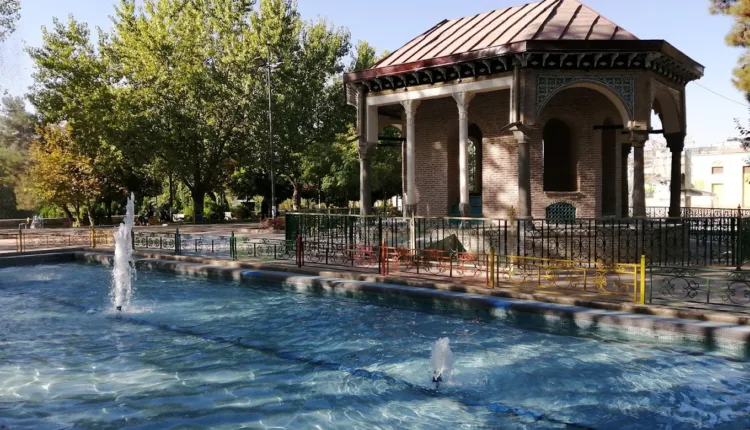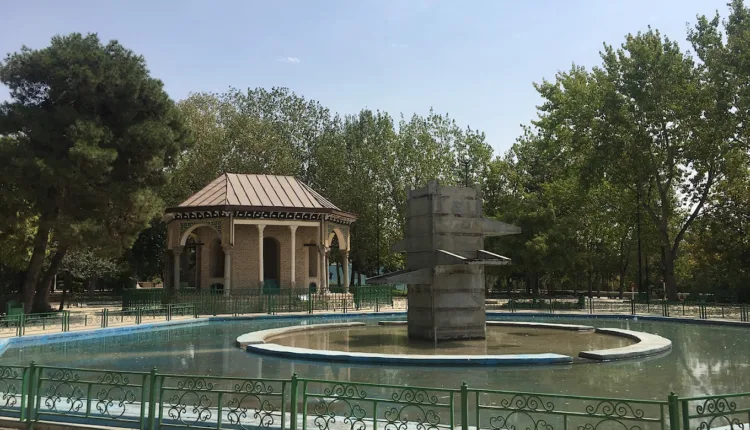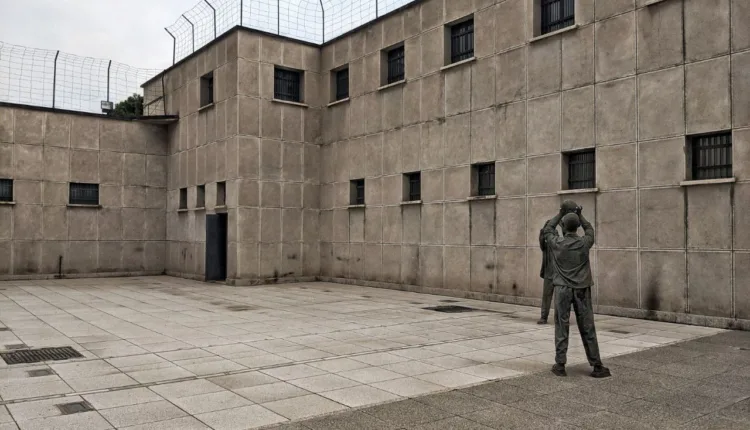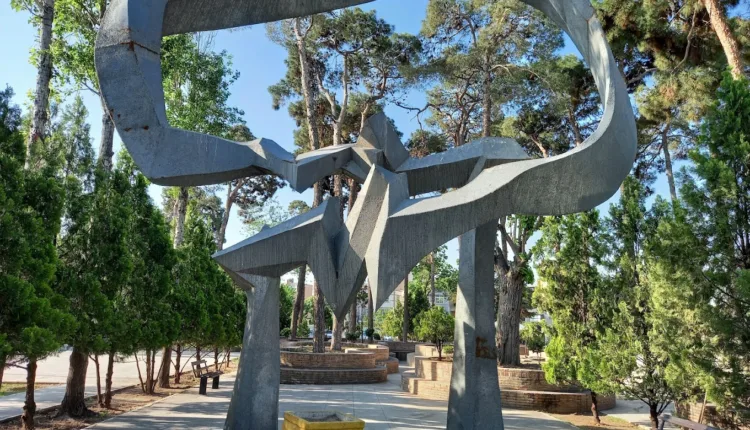Qasr Garden Museum
Qasr Garden Museum in Tehran
Introduction to Qasr Garden Museum
The Qasr Garden Museum, sprawling over 24 hectares, stands as a testament to the history of Iran before the revolution. The museum is strategically located on the grounds of the former Qasr Prison, which itself was built on the site of a Qajar dynasty palace.

Exploring the Garden
The Qasr Garden Museum consists of two main parts – the garden and the museum. The garden offers a tranquil space for leisure and children’s games. Visitors can breathe in the clean, pleasant air of the garden and benefit from amenities like a restaurant and coffee shop.
In addition to enjoying the gardens, visitors can explore the prayer house, bazaars, craft and art exhibitions, the Qasr gym, Iranian gardens, cultural products centers, and a print house. One of the highlights of the garden section is a fascinating maze that will keep children entertained for at least half an hour. The compound also boasts a library and a skate park for sports enthusiasts.

The Museum: A Glimpse into the Past
Sections of the Qasr Prison still stand, with significant structures including Markov’s prison, the political prison building, the guard tower building, the working class cell or ‘Andarzgah 12’ school, and the building opposite the main door.
The prayer house, which was also the prison mosque, is particularly interesting. It was known as the prayer house because no sermon was ever read there. There is also a courtroom where early revolutionary trials took place under the presidency of Khalkhali, a notorious figure known for his chilling statement: “According to Sharia law, a person does not need to have a lawyer, a corruptor on earth should be executed revolutionarily, that’s it.”
Among the interesting displays is a cell bearing the poems of Fereydoon Moshiri, the famous poet. There’s a memorial to Nawab Safavi, who was executed at the site, marked by three wooden pillars surrounded by chains.
In one corner of the courtyard is a single-seat airplane, a remnant from 2013 when a Russian plane flew over Iran for the first time and had to land in Tehran due to technical difficulties. Once repaired, this plane was considered an appropriate symbol to mark the centenary of the first flight over Iran’s sky.

From Palace to Prison: The History of Qasr Garden Museum
The Qasr Palace, one of the most beautiful palaces built outside Tehran during the reign of Fath Ali Shah Qajar, was located on the current site of Qasr Square. However, it was abandoned due to a flood during the reign of Mozaffar ad-Din Shah. Later, the palace grounds were handed over to Colonel Kasekowski’s military forces. After Reza Shah Pahlavi came to power, all but the palace’s pavilion was demolished to make way for the Qasr Prison. The pavilion is the only remnant of the original Qajar palace. In 2013, the decision was made to transform the prison into a museum.

How to Reach the Qasr Garden Museum
For private vehicles, one can take the Shahid Sayad Shirazi Expressway and exit at Police Bridge.
If you are using the metro, take line 3 and alight at Shahid Qodusi station. From there, a short taxi ride or a 40-minute walk will bring you to the Qasr Garden Museum.

